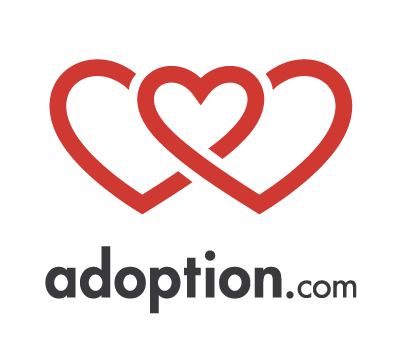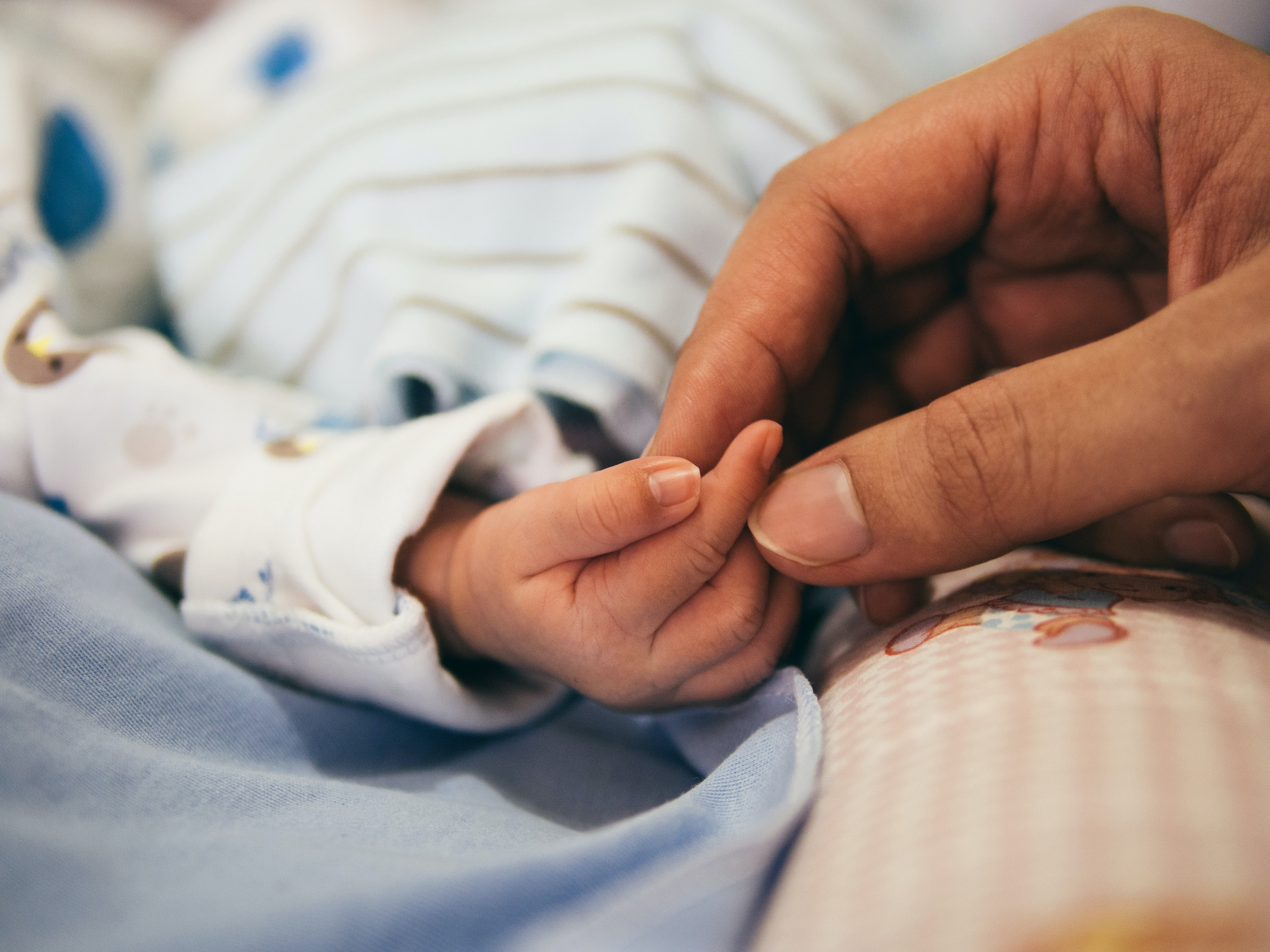Open Adoption Guide
Adoption has changed immensely in recent years. Open adoption is a fairly new concept that many people have misconceptions about or do not understand. While some argue that open adoption causes more harm than good, open adoption has become more common over the years. This guide covers the history of open adoption. Many of the pros of open adoption are discussed in this guide as well. This guide was written with both the biological and adoptive families in mind. While this guide helps clarify contact decisions for adoptive/biological families, every decision comes down to what is in the best interest for the adoptive child.
Are you interested in growing your family through domestic infant adoption? If you would like to speak with an adoption professional about your adoption options, click here.
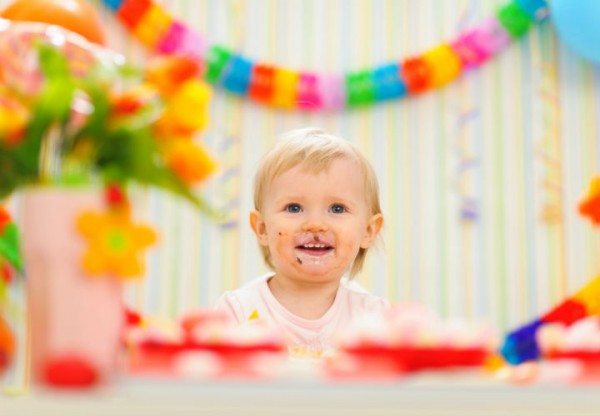
1. One Mother’s Open Adoption Experience
Several months ago, my son, Micah, turned 2. My to-do list for his birthday was like anyone else’s, with one exception: in addition to planning a party, settling on a menu, and deciding whether or not to hire Spider-Man to make an appearance, I had to get his 2-year-old photos taken to send to his birth mother, who receives a photo and letter describing his progress every six months.
– Kim Green

2. What is Open Adoption?
Open adoption is when the birth parents, adoptive parents and child have a relationship. The extent of the relationship and communication can vary greatly among the families who choose open adoption, from an occasional picture and visit with the birth parents to a very structured plan of interaction. However, what is important is that it never has any negative effects on the adoptive child and offers flexibility to adapt to the needs of the child.

3. Open Adoption Laws
There are also differences in the state laws concerning open adoption. Some states require the adoptive family to sign a legally binding agreement concerning the planned interaction with the birth family, while other states are less strict and open adoption is a “friendly agreement,” not a legal contract.
“About eight states do not enforce adoption agreements and about 22 states allow contracts to be enforced. Nebraska and Connecticut only allow post-placement contact for children adopted from foster care. Indiana allows contact if a child was adopted over the age of 2 and does not allow enforceable visitation agreements to made for infants.” (Source: Open Adoption Laws).

4. Misconceptions
“I am afraid open adoption will be confusing to the child.”
“Open adoption does not allow boundaries.”
Those are just two of the many misconceptions that revolve around open adoption. Open adoption is not co-parenting or foster parenting. The birth parents have signed “Surrender Papers” and cannot later change their minds. In reality, open adoption has proved to be the contrary: birth parents are more accepting of the adoption because they have a relationship with the adoptive parents and continue to have a relationship with the child.
Feel free to connect with other adoptive parents and learn from their experiences on our adoption forums.
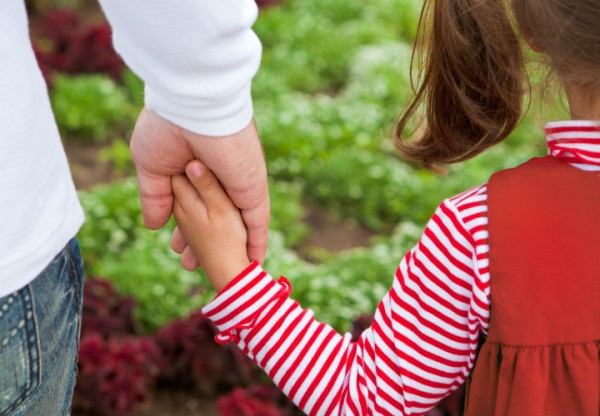
5. Case Study: The Difficulties of a Closed Adoption
The following is the beginning of a true story.
When my husband and I started the adoption process ten years ago, we both felt strongly that a closed adoption would be the best way for us to build our family. The idea of sharing our child with her birth parents seemed frightening at best. Deep down, we were scared that they would grow to love our child and want her back. We also worried about having to commit to a lifetime of ongoing contact and never-ending visitations with strangers.
Now, we know an open adoption doesn’t have to be that way.
– Else Prichard
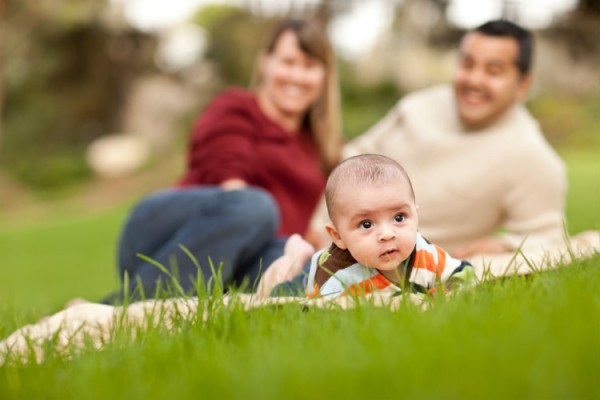
6. History
Open adoption was practically unheard of prior to the 1970s. In the 70s, 1 percent of domestic adoptions were open, and many birth mothers never saw their child after delivery and did not have any contact with the adoptive parents. Today, 60 to 70 percent of domestic adoptions are open, which clearly shows open adoptions as the trend and highlights the growing need to address it. The number of children available for adoption is decreasing, while the number of families wanting to adopt is well over 200,000 each year. Also, a study revealed that 30 years ago there were 89,000 domestic adoptions, but that number dropped to 48,000 five years later. These facts show the need for a better understanding of open adoption.
(Source: Open Adoption Pros and Cons)
The terminology for open and closed adoption has changed dramatically. Thirty years ago, closed adoption meant that the records were closed and could not be opened. Open adoption simply meant the records were not sealed. Today, closed adoption only means the child has no contact with the biological parents, while open adoption usually involves contact between the child and the birth parents.

7. Pros for Adopted Children
Open adoption provides many positives for children, including:
– a deeper understanding of their ethnicity/background
– no searching or “fantasizing” about their birthparents
– possible access to biological siblings, if any
– a wider circle of family and support
– the “ability for evolving, dynamic, and developmentally appropriate account of the adoption” (Source: Open or Closed Adoption: Pros of Each)
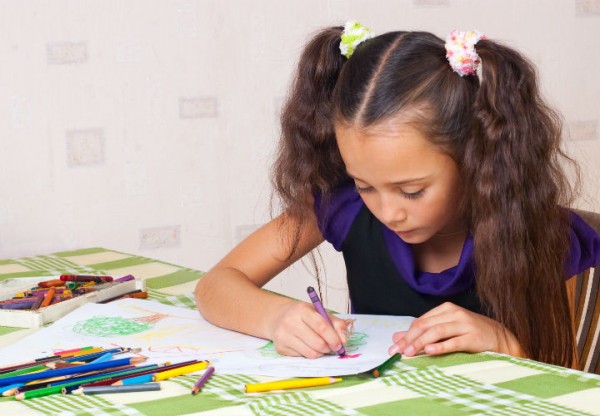
9. Case Study: The Difficulties of a Closed Adoption (Continued)
Grace began fabricating stories about her biological mother. Nothing was concrete for her. It had all become one big fantasy, and that scared us. Grace also started to ask questions about her origin and adoption. We’ve always been candid about how our family came together, but when you’re the parent of a child who’s not biologically related to you, you become aware of how often everyone talks about heredity. Grace quickly noticed differences in hair and skin color, and asked questions like so many children: “Who do I look like?” and “Who has the same color skin as me?”
– Else Prichard

10. Pros for Adoptive Parents
Open adoption provides many positives for the adoptive parents, including:
– more medical information for the child
– more information about the child’s ethnic background
– an easier attachment of child to the adoptive family
– increased empathy for birthparents
– the feeling that the birthparents “chose” you

11. Case Study: The Difficulties of a Closed Adoption (Continued)
My husband and I came to discover that this closed adoption offered us no way of answering our daughter’s questions. Along with that came the ongoing concern of what this could mean for Grace regarding her current and future physical, mental, and emotional health. On countless occasions, we’ve been unable to answer doctors’ questions about her medical history.
– Else Prichard
This is just one of many stories where open adoption would have answered many of the questions and would have been beneficial for everyone.

12. Pros for Birth Parents
Open adoption provides many positives for the birth parents, including:
– the ability to talk and meet the adoptive parents
– the prospect of maintaining a relationship as the child grows and gets older
– the opportunity to provide answers to questions from the child about the adoption plan
– feeling less pain about the decision
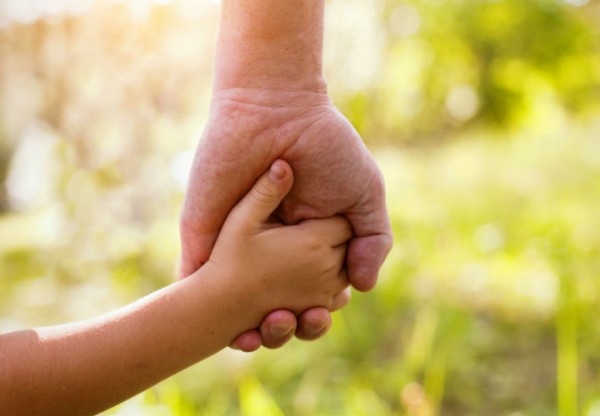
13. Conclusion
“Don’t let fear get in the way of all the positive things an open adoption relationship may bring to your family. Carefully review your options and try to focus on the best interests of your child.”
– Else Prichard
